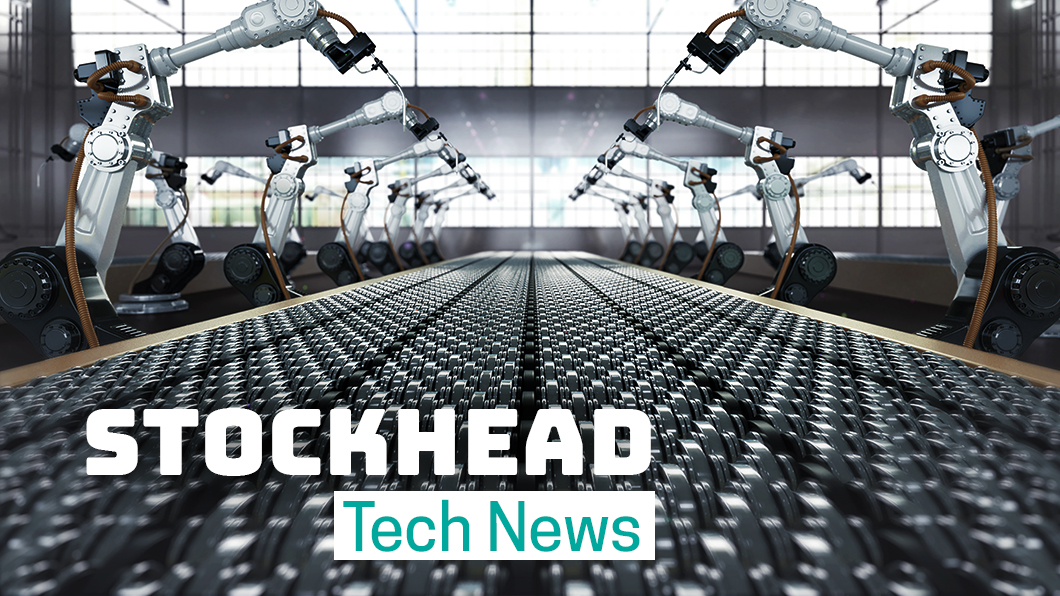This company made $6.5 billion on the machines that make semiconductors… in Q2

Pic: Yuichiro Chino / Moment via Getty Images
We know there’s a semiconductor shortage right now – and that the industry could be worth $1 trillion by 2030 – which is great news for companies that make semiconductors.
But what does this mean for companies that make the machines that make semiconductors?
Each machine costs around $150 million and Dutch company ASML (NASDAQ:ASML) has cornered the market.
ASML sells extreme ultraviolet lithography (EUV) machines which essentially uses UV light technology to print a tiny integrated circuit pattern design onto silicon wafers.
This is important because Moore’s Law states the number of transistors in a dense integrated circuit doubles about every two years, and being able to print a circuit on a chip around one-millionth of a millimetre is vital. That’s because the smaller you can print and the more transistors you can fit in, the more powerful the chip will be.
And ASML has an over 90% market share in the extreme EUV lithography market (the remaining players are Canon and Nikon).
Plus, with clients including Samsung (OTC:SSNLF), Intel (NASDAQ:INTC), Micron (NASDAQ:MU) and Taiwan Semiconductor Manufacturing Co. (NASDAQ:TSM) it’s fair to say ASML is sitting pretty with a monopoly on the technology.
ASML made €4 billion in sales for Q2 alone
The company has a market cap of $322 billion, and in Q2 reported net sales of a massive €4 billion ($6.5 billion), a gross margin of 50.9%. ASML reckons sales will grow a further 35% in 2021.
Its predicting Q3 2021 net sales between €5.2 billion and €5.4 billion and a gross margin between 51% and 52%.
“The gross margin came in at 50.9%, above our guidance, which is mainly due to higher revenue in software upgrades as customers want to increase capacity quickly, as well as one-off revenue accounting releases,” ASML president and CEO Peter Wennick said as the company’s Q2 earnings were announced.
“The demand continues to be high across all market segments and our product portfolio.
“This is a reflection of the market that is focused on increasing capacity to support the build-up of the digital infrastructure.
“The long-term demand is not only for advanced nodes, but also for legacy and mature nodes in Logic as well as Memory.
“We are working to maximize output and we currently expect net sales growth by around 35% in 2021 compared to last year with an expected gross margin between 51% and 52%.”
It’s worth noting that the company can only produce a limited number of machines a year, as they are made up of more than 100,000 individual parts – including mirrors with layers polished to an atom’s thickness that take months to make (manufactured in Germany) and the vessel for lasers that generate light by blasting tin droplets (developed in San Diego).
Once all the components are assembled, they are extensively tested, then the 180-tonne machine is taken apart – with three airplane carriers needed just to transport the machine to the customer’s factory.
Semiconductor players increase capacity
ASML says the global growth of the semiconductor market translates into growth of worldwide fab capacity in all segments, especially at the leading-edge nodes. That provides a long-term growth opportunity for the company to meet the semiconductor industry’s demand for higher productivity, lower cost, and simpler chip-making processes.
EUV adoption is set to rise across foundry and dynamic random-access memory (dynamic RAM or DRAM) players, while DUV sales are expected to be driven by automotive demand.
This could conceivably grow the company’s annual revenue for 2025 to between €15 billion and €24 billion.
Just last week ASML opened a new campus in Silicon Valley, California with the aim of creating a new class of applications to help chipmakers achieve higher manufacturing yields as they move to 10 nm node and beyond.
“As chipmakers continue to shrink the patterns to make small and powerful chips, we continue to grow to address the escalating complexities that require ever-more sophisticated approaches,” ASML executive vice president of Applications Business Jim Koonmen said.
“It would be impossible to manufacture at dimensions of 10 nm or smaller without our software and metrology solutions, and we have a long-term roadmap to help our customers overcome their future chip production challenges.”
Plus, higher systems sales will drive higher installed base management revenue which over a machine’s 20-year life could reach almost 50% of the purchase price.
UNLOCK INSIGHTS
Discover the untold stories of emerging ASX stocks.
Daily news and expert analysis, it's free to subscribe.
By proceeding, you confirm you understand that we handle personal information in accordance with our Privacy Policy.








